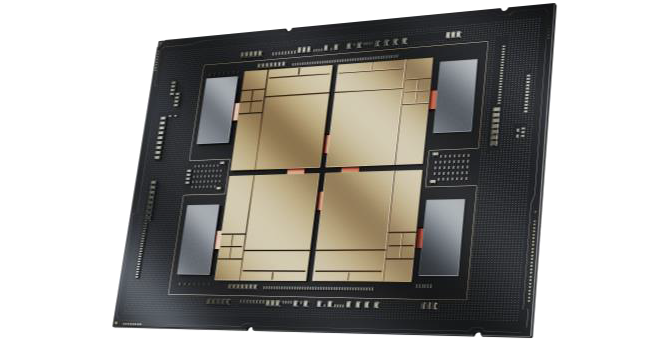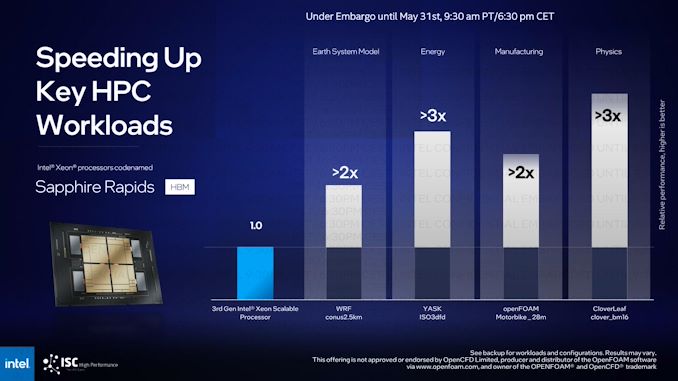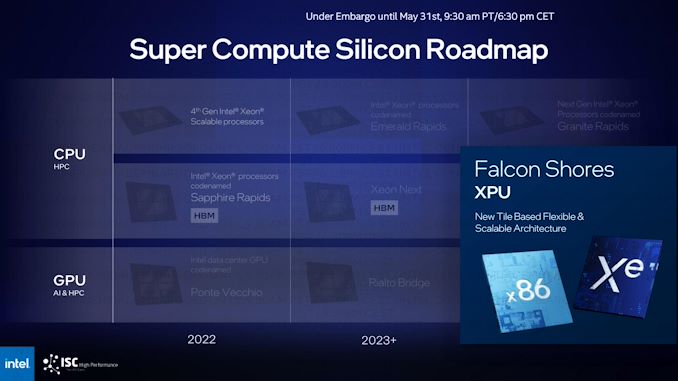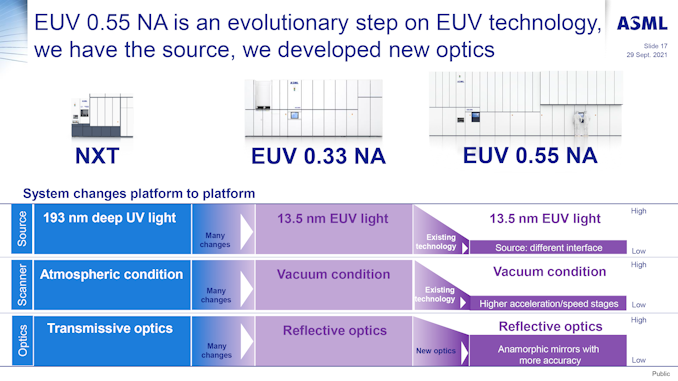
Comino Grando RM workstations are a new breed of Hyper Performance workstation (HYPE WS) that can transform the workflows of creatives, scientists and medical researchers who rely on artificial intelligence and machine learning.
If your work is dependent on some serious GPU horsepower, Comino Grando RM workstations offer a solution that isn’t just extremely powerful – but also incredibly quiet. This is thanks to their server-grade liquid cooling, which keeps the temperature of the components down, even when working hard. Rather than using noisy fans, which can get distracting, water cooling is more efficient, and crucially, a lot quieter.
Comino Grando RM workstations are built to order in the EU, maintaining the highest possible build quality, and thanks to a range of unique configuration options, you can order one that perfectly suits your needs.

Built to Last
Comino’s motto is “engineered, not assembled”, and each workstation has been designed from the ground-up to provide maximum performance and build quality.
Almost every aspect of these workstations are designed and built by Comino, with over 90% of the components designed by the company itself. This level of detail and control allows each part of the workstation to work as one, delivering unrivalled performance and reliability.
The unique liquid cooling loop in every workstation is controlled and monitored by a controller built by Comino, which uses numerous sensors to keep track of the system’s health and performance. Thanks to Comino Monitoring Software, you can also check your system’s health remotely, for complete peace of mind.
The flexibility of Comino Grando RM workstations doesn’t just stop at unique configurations, but also how you buy. You can purchase Comino Grando RM workstations outright, but for UK customers there are also options to lease them as well.

Handling Everything You Need
Thanks to the raw power of Comino Grando RM workstations, they can cover almost all of your inhouse computation tasks, and you’ll rarely need to rely on cloud services to help finish your projects.
Even better, if you have several Comino Grando RM workstations, they can be used to create your very own cloud, allowing you to access the power of these Hyper Performance workstations remotely – perfectly fitting in with our new hybrid way of working.
Because they are so silent when in use, you can use them in an office or studio, or you can install them in a server rack. When installed in a server rack, they can use external cooling for even more impressive performance, supporting up to seven GPUs per system. This method can also be environmentally friendly, as the heat dispelled by Comino Grando RM systems can be repurposed to heat living and office spaces.
Packing hardware like four Nvidia RTX A100 80GB GPUs plus AMD Threadripper Pro, dual Intel Xeon 8368Qs, or dual EPYC CPUs, air cooling solutions would struggle to keep these components cool without producing a lot of noise.
With server-grade liquid cooling, AI research teams, for example, can use the workstations without being distracted by the whirring of fans. Meanwhile, medical teams working in highly controlled environments will appreciate the slower airflow produced by liquid cooling, as well as reduced dust collection.
So, it’s no surprise that Comino Grando RM workstations have been embraced by companies around the world, and used in projects such as the Flamemapper in California, which uses Comino Grando RM Multi-GPU workstations to help predict the effect of wildfires on structures, and can help emergency planners to place protective measure where they are needed the most.
Many CG and 3D rendering studios rely on Comino Grando RM Multi-GPU workstations to create complex and realistic models and scenes.
Danil Krivoruchko, a renowned digital artist based in New York, and who works with the likes of Apple, Nike and Boeing, explains how Comino Grando RM workstations have helped him with his work.
“I’ve used numerous Comino Grando RM workstations during my work on the breakthrough user-influenced self-evolving NFT project, Organic Growth: Crystal Reef, which combines generative art, blockchain, NFTs and user interaction. This project is so unique, multi-layered and complex both visually and computationally, that we had to hire the whole render farm, packed with Grando RMs by Comino, for 3 months to support its development. I got the workstation for myself, as well, to progress through the project faster, as it’s hard to find another workstation as versatile and quiet as Grando RM.”
Successful AI artist and NFT enthusiast from New Zealand, Jesse Woolston, also relies on Comino’s workstations.
“My approach is to use the Comino Grando RM for all my modeling and simulation. So I use it for production, then I have a small render farm to utilize GPU alongside the Comino.
My work focuses on using AI & physics modeling as a means to re-contextualize how we see nature. So far, I’ve been able to use the Comino Grando RM in multiple circumstances from training my own models to simulating the oceans. The machine has been working beautifully in both large and small scales.
The main factor as to why I love the Comino Grando RM is its ability to be diverse with training and modeling, where I can give it any and all assignments.
I don’t have to think too deeply about how to adapt the work to fit my tools, I am able to just utilize the tools and focus on the art.”
Influencers such as sentdex and LEDunit have also been blown away by the possibilities of Comino Grando RM workstations.
If it sounds like Comino Grando RM workstations would be perfect for your projects, then head over to Comino’s Grando website to find out more.
![]()
![]()
Source: AnandTech – Sponsored Post: Comino Grando RM Multi-GPU Workstations Offer Unmatched Performance and Quality




























































